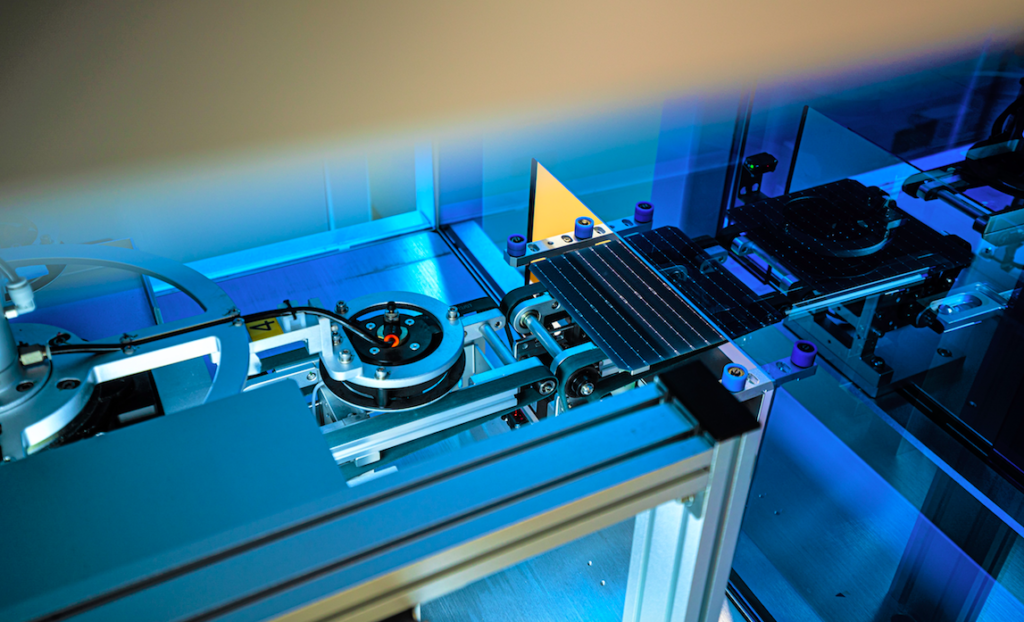
Jolywood held its fifth extraordinary shareholders meeting at the end of June. Several significant agenda items were passed, including the review and approval of the issuance of A-shares for specific objectives, the signature by wholly-owned subsidiaries of a loan agreement guaranteed by Jolywood, and the signing off of an investment agreement for a 16GW annual output high-efficiency monocrystalline cell smart factory project.
Jolywood intends to issue no more than 326,888,207 shares for the stated specific objectives, and total funds raised will not exceed 2.5 billion yuan, in respective amounts of 1.75 billion and 750 million. All funds raised, after deduction of related issuance costs, will be invested in Phase 1 of the smart factory project and the supplementary working fund.
The current market trend towards N-type cells is clear, and Jolywood’s investment is intended to strengthen its leadership in this industry sector, the company being the first domestic manufacturer to achieve large-scale mass production of GW-level N-type high-efficiency monocrystalline cells.
The company has a production capacity of 3.6GW of N-type TOPCon cells, and has successfully developed a TOPCon 2.0 technology. It achieves high reliability, without winding plating and leakage risk, and largely simplifies the production process, improving yield while reducing costs. The highest conversion efficiency for mass production is now up to 24.5%.
Jolywood owns many patents in N-type cell technologies such as N-TOPCon and N-IBC and, in addition to its capability in large scale mass production and delivery of N-type TOPCon cells and modules, has consecutively launched a variety of module products such as Niwa Super large-size N-type TOPCon and Niwa Black modules.
Due to material limitations, some analysts say mainstream P-type monocrystalline cells have gradually encountered a conversion efficiency bottleneck. Mass production efficiency is about 22.8%, but N-type monocrystalline cell conversion efficiency has already reached 24%. The main advantages of N-type monocrystalline cells are a lower temperature coefficient, Zero LID and better weak illumination response and the market share of N-type cells is expected to increase, due in part to the continued reduction in cost of amorphous silicon.
In late April, the National Development and Reform Commission and the National Energy Administration drafted and issued the “Guiding Opinions on Accelerating the Development of New Energy Storage (Exposure Draft)” and the “Guiding Opinions on Energy Sources Business in 2021”. It pointed toward accelerating the formation of a clean, low-carbon, safe and efficient energy system and the achievement of the dual goals of peak carbon dioxide emissions and carbon neutrality.
A Notice issued by the National Energy Administration in May stated that, in 2021, national wind and photovoltaic power generation will account for 11% of total electricity consumption. This percentage will increase year on year to ensure that non-fossil energy consumption will account for around 20% of primary energy consumption by 2025. The notice also proposed to steadily promote household photovoltaic power generation. In 2021, the national fiscal subsidy budget for this is 500 million Yuan, with a KWh subsidy to be implemented according to policies issued by the State Council price department.
National policy support for the photovoltaic industry has brought about a positive environment for its development, presenting the clean energy industry with an unprecedented opportunity.

